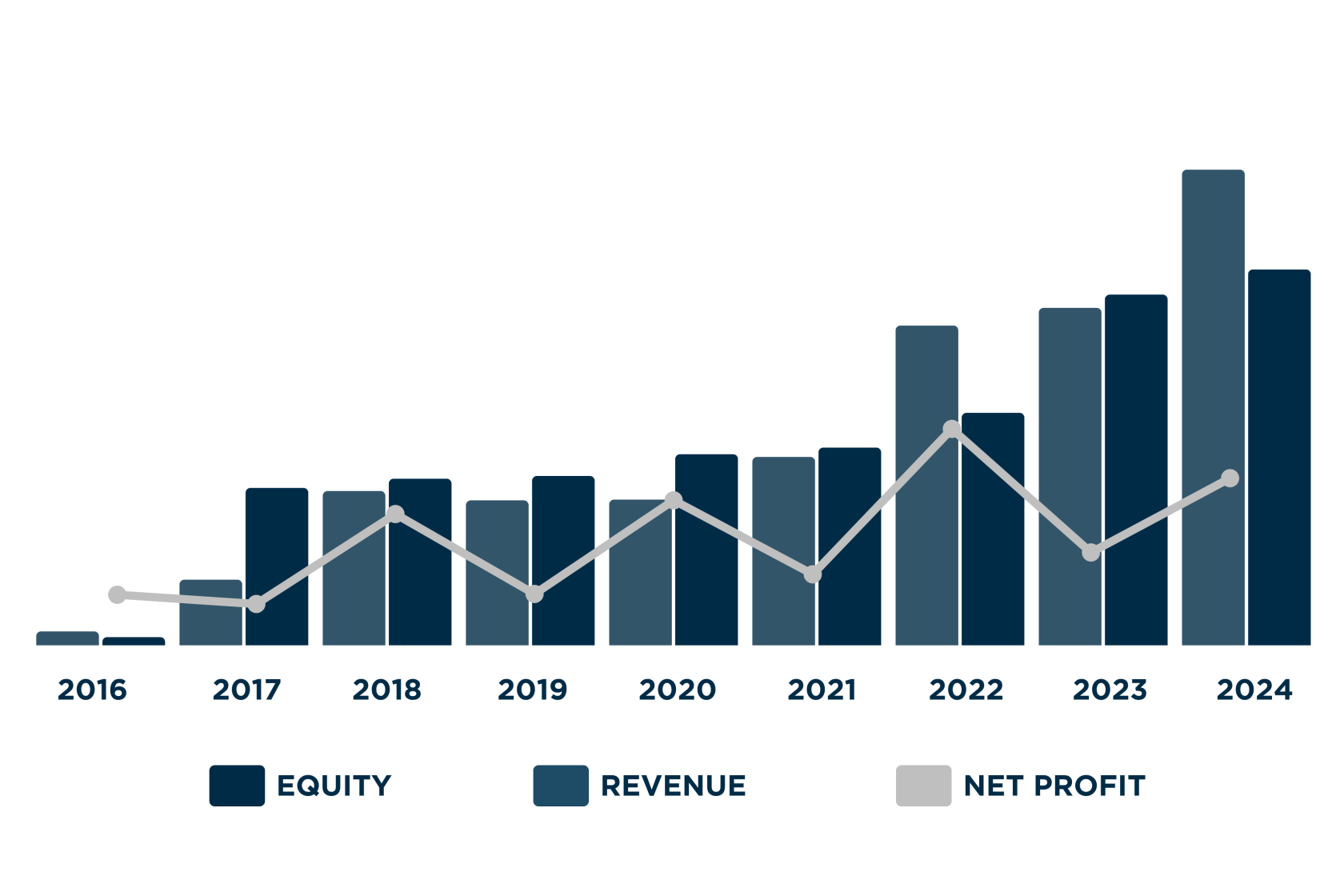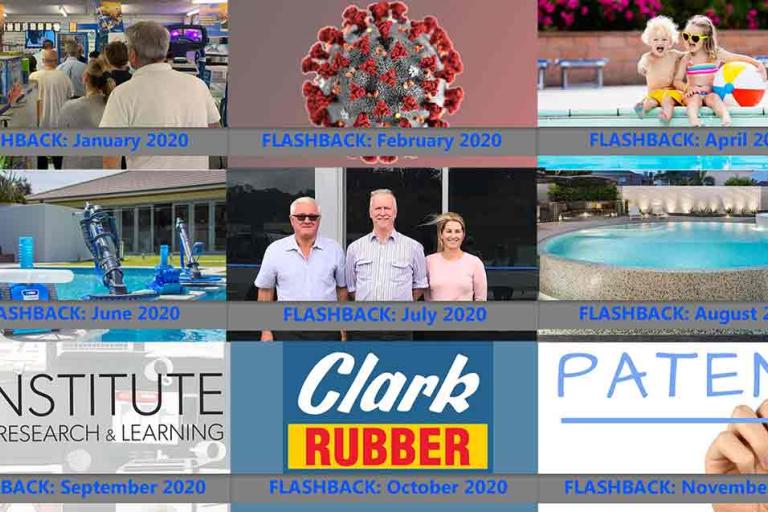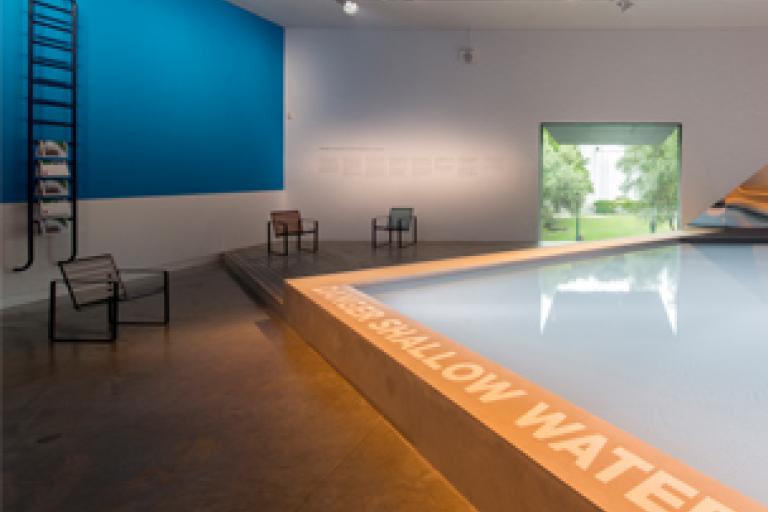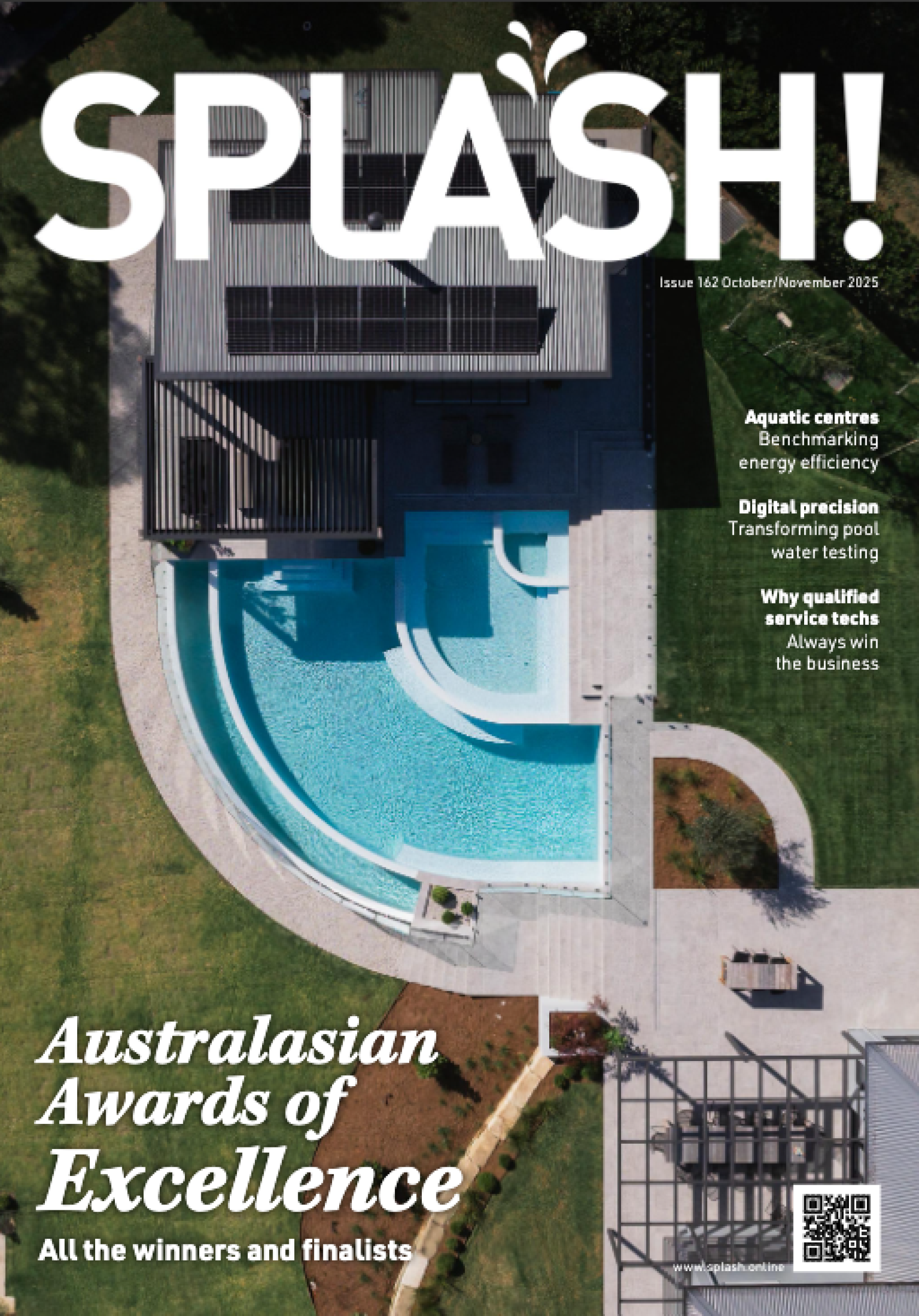Inside the Australian pool and spa industry’s transformation

By Veda Dante
As Lindsay McGrath moves on from a decade as SPASA CEO, he discusses with Veda Dante the strategic reforms and unified leadership that helped protect, grow and professionalise the Australian pool and spa sector.
Picture this. It’s the 1950s, and the Aussie suburbs are booming. The post-war dream is alive, and families are flocking to build homes and, with them, backyard swimming pools.
But forget today’s sleek machines and digital levelling tools. Concrete pools ruled the day, usually poured in-situ over hand-tied steel rebar framework. Fibreglass was still in its infancy, and vinyl liners were unheard of in Aussie backyards. There were no laser levels or robotic total stations – string lines, spirit levels and a good eye got the job done.
What began as a hands-on, highly localised trade where knowledge was passed from builder to builder and every job was shaped by instinct and experience, would over the decades evolve into a multi-billion-dollar industry defined by innovation, regulation and professionalism. Pools were no longer just backyard luxuries; they became lifestyle statements, complex engineering projects and, increasingly, essential to the Australian way of life.
As consumer expectations rose and technology advanced, so too did the need for a unified body to guide, protect and advocate for the sector. That voice was SPASA: the Swimming Pool & Spa Association of Australia, now the central force driving standards, education, sustainability and national cohesion across every corner of the industry.
SPASA’s roots trace back to the 1960s and 1970s, when individual state associations were formed to represent the interests of the industry within their respective regions. In the mid-1970s, the Council of Australian Swimming Pool Associations (CASPA) was established as the first national body, bringing together delegates from each state. However, it wasn’t until 1988 that the first version of the Swimming Pool & Spa Association of Australia Ltd was formed, aiming to provide a more cohesive national representation.
Despite early efforts, the industry remained fragmented, with state associations operating independently. This decentralised model created challenges in areas like licensing, compliance, and consumer protection, and led to inconsistencies in training and support across regions. Businesses faced frustration navigating these complexities.
Recognising these issues, SPASA leadership worked behind the scenes for years to unite the industry. Through strategic dialogue and careful planning, it became clear that the status quo was unsustainable. SPASA then focused on fostering collaboration across state lines to create a more unified approach to advocacy and professional development.
It’s this collective commitment that underpins SPASA’s renewed direction and the power of working together as one industry voice.
A decade of transformation
When Lindsay McGrath attended his first SPASA meeting in 2009 as managing director of BioLab, he was there as a sponsor and a member.
What he saw that day, however, sparked his vision for what the swimming pool and spa industry could become.
“I remember introducing myself to the president at the time and he said, ‘Ahh, a supplier. Without builders there is no industry’,” McGrath recalls. “That members meeting highlighted the lack of a career path due to no qualifications, no advocacy and an association that was caught up on a single industry sector and losing money. At that moment, I knew we could do better.”
That first SPASA meeting helped set in motion more than a decade of transformative change. McGrath moved from frustrated observer to regional leader, later becoming the president of SPASA South Australia. He helped establish the Swimming Pool Retail and Associated Association (SPRAA), which was the first national group to focus on training and qualifications for service professionals.
From there, McGrath took on a national leadership role, chairing the Construction and Property Services Industry Skills Council (CPSISC) committee to drive the formal recognition of pool and spa servicing as a profession. His efforts along with the SPRAA committee were instrumental in establishing Certificate III and IV qualifications for technicians – a milestone that helped raise industry standards across the country.
In 2011, McGrath became a founding director of SPASA Australia, helping unite the state-based associations into a single national body and stronger industry voice.
Demonstrating his ongoing commitment, he then extended his volunteer leadership from South Australia to New South Wales – taking on the role of vice president during a particularly turbulent period. At the time, New South Wales had formed its own national association, but through steady negotiation and strategic diplomacy, he played a key role in guiding its return to the national fold.
“My goal has always been to build something greater than any one organisation, a truly national voice that represents and supports the entire industry,” he says.
“When people come together with the right intent, there’s almost nothing we can’t achieve.”
Motivated by that vision, McGrath eventually left corporate life to take on the role of CEO at SPASA Australia, determined to drive meaningful change from within.
“I saw an opportunity to do something that would have a lasting impact,” he says. “The association needed to start thinking beyond short-term challenges and begin building a multi-generational organisation that could shape the future of the industry.”
A turning point for the pool and spa industry
In 2016, the industry reached a pivotal milestone when SPASA NSW and ACT members voted overwhelmingly in favour of merging with SPASA Australia. The Special Resolution was backed by an extraordinary 97 per cent of voting members – a clear mandate for national unification after years of fragmentation.
That same year, the board published One SPASA in this publication, a strategic blueprint that outlined its long-term vision for a single, united association across Australia and New Zealand. At its core were bold constitutional objectives to promote, protect and develop the industry.
Realising this vision required an agile start-up mentality, capable of navigating six acquisitions, four mergers and the complexities of uniting diverse state-based entities.
At the time, SPASA NSW CEO Spiros Dassakis hailed the vote as “an historic step” for the industry in the October 2016 edition of SPLASH!
“Today’s announcement is the exciting next chapter for SPASA, bringing together leaders of industry with a shared mission of improving how we lobby, regulate, create more sales for members and provide better outcomes,” he said at the time.
“The pool and spa industry is a dynamic network of interconnected professionals, ranging from concrete pool builders and fibreglass manufacturers to service technicians, designers and government authorities. Each play a vital role in the growth and development of one of Australia’s most cherished outdoor leisure sectors. At the core of this industry are the people, entrepreneurs, tradespeople and experts who are committed to enhancing the safety and enjoyment of Australian homes, resorts and public spaces.”
Under McGrath’s leadership, that vision became reality. SPASA evolved from a network of six siloed industry bodies, each with its own CEO and a combined total of 74 directors, into a streamlined national organisation with one CEO, nine directors and 26 full-time staff. During that time, annual turnover grew from around $350,000 to more than $12 million, enabling major investments in training, marketing and long-term brand development. (See graphic representing annual growth at the bottom of the story.)
“SPASA now operates a profitable registered training organisation, manages two business-facing media brands across the domestic and leisure sectors, and has a nationally recognised consumer brand,” McGrath explains.
“It’s about building an organisation that invests in the industry’s future – supporting generations of pool and spa professionals while leaving a lasting legacy.”
Much of the association’s success stems from the leadership philosophy introduced by its CEO: “We’ve always operated with a ‘surplus for purpose’ mindset. ‘Not for profit’ is a tax status, not a strategy. We’re here to serve the industry, and every dollar we make gets reinvested into better training, advocacy and support.”
McGrath and his team of industry experts championed a whole-of-industry approach – one that supports not only pool builders but also service technicians, retailers, and the wider ecosystem that drives the sector forward.
“It’s not only about concrete and construction,” he says. “It’s about creating a system that supports every part of the supply chain.”
This leadership style also modernised the way SPASA works. Long before the pandemic, more than half of its staff worked from home, and new ideas were tested rapidly through his “ready, fire, aim” model.
“We forced change by launching something new every 90 days,” he says. “You can’t wait for the perfect plan. Progress beats perfection.”
Behind the scenes, McGrath focused on strengthening SPASA’s organisational foundations by applying principles of good governance and long-term capability building. Drawing on experience gained from a range of advanced qualifications including an MBA, Certified Association Executive accreditation, and executive education at Oxford University, he worked to benchmark SPASA against more established industry bodies.
“These weren’t just credentials,” he says. “They gave me a way to measure what we were doing against the best in corporate and for purpose companies to ensure we were building something that could last.”
Today, McGrath sees SPASA not as a trade association in the industry, but above it.
“We don’t build pools. We don’t service pools. Our job is to provide purpose, protection and promotion. That’s the true role of an association,” he says.
“A lot of people misunderstand that. At its core, every association is a strategic marketing organisation. We market to members and call it services, to government and call it advocacy, to consumers and call it promotion, and to students as training. Ultimately, it’s all about marketing the value of the entire industry. Providing that sense of direction and reassurance that someone is focused on the big picture is absolutely essential.”
“When you work across such a diverse array of stakeholders, you start to see the tangible impact you can have on a larger scale,” says SPASA chief operating officer Wendy Donaldson. “That’s the power of a united industry.”
Looking back, McGrath says he’s proud to have been a small part of the industry’s evolution.
“I came from trades, automotive, landscaping and horticulture and saw the pool industry had so much potential,” he says.
“I wanted to create the opportunities for others that I was lucky enough to receive in other industries. And I think, together, we’ve done that.”
Delivering stronger outcomes for members
The momentum generated by SPASA’s 2023 mergers marked a transformative chapter for the association, reinforcing its position as the leading voice for the pool and spa industry across Australia and New Zealand.
This wave of growth extended well beyond structural integration, it catalysed the evolution of SPASA’s brands and services. SPLASH! and Australasian Leisure Management (ALM) magazines now sit alongside the consumer-facing Pool Spa Life, forming a powerful media ecosystem that educates, promotes and connects the industry.
Initiatives like Climate Care Certified and Master Pool Builders continue to set new benchmarks in environmental leadership and professional excellence, while the expansion of expos, awards and member events reflects SPASA’s commitment to celebration, collaboration and industry growth.
To keep pace with this evolution and ensure services remain targeted and efficient, SPASA undertook a strategic consolidation in 2024, followed by a structural realignment in 2025 reimagining our strategic pillars and the creation of the TEAMS model: Training, Engagement, Advocacy, Marketing and Support.
“This framework was designed to sharpen focus, eliminate duplication and deliver more meaningful value to members at every stage of their business journey,” Donaldson explains.
“Under this model, Training and Advocacy have emerged as two of the most mission-critical pillars, shaping not just the future workforce, but also the policy environment in which members operate.”
SPASA is the owner of this masthead.
MAIN IMAGE: Lindsay McGrath presenting at the SPASA National Awards at SPLASH! 2024






